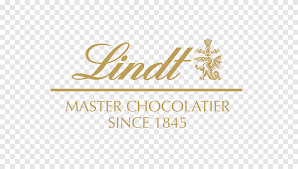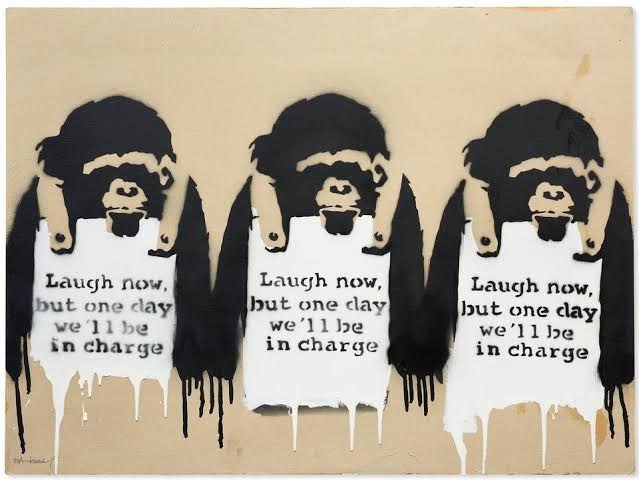Lindt Chocolate bunnies are distinguishable trademark as Swiss Supreme Court bans Lidl bunnies
- IP News Bulletin
- Oct 6, 2022
- 3 min read
The court battle pitted two chocolate bunnies against each other, and only one seemed to survive.
The chocolate bunny, wrapped in gold foil and made by the German discount retailer Lidl, was in one corner. The chocolate bunny, wrapped in gold foil and made by the venerable Swiss chocolatier Lindt and Sprüngli, was in the opposite corner. After a lengthy legal battle, the Swiss Federal Supreme Court sided with Lindt, ruling that Lidl's chocolate bunnies could be confused with Lindt's chocolate bunnies, which are protected under Swiss trademark law.
As a result, the court ruled that Lidl can no longer sell its bunnies in Switzerland and must "destroy" any remaining chocolate bunnies.
The decision was a win for Lindt's confectionary hares in a country known for its premium chocolates. It sparked speculation about whether Lidl's prohibited bunnies could be melted down and formed into less offensive shapes.
The court's statement appeared to imply that the bunnies could be melted and reused, stating that while Lidl was required to destroy its bunnies, "this does not necessarily mean that the chocolate as a whole has to be destroyed."
In a statement, Lidl stated that no bunnies would be discarded.
"Because the chocolate bunny in question is a seasonal item, we currently have no stocks in Switzerland that need to be destroyed," Lidl said in a statement.
According to Christoph Gasser, a Lidl lawyer, the Supreme Court remanded the case to a lower court for further review, specifically to determine whether Lindt is entitled to monetary compensation.
"In essence," he wrote in an email, "it appears as if the Swiss Federal Supreme Court took a result-oriented approach in its legal reasoning, attempting to protect Lindt's Easter bunny despite some significant departures from prior case law." "While we accept the Swiss Federal Supreme Court's decision, we believe it has done Swiss intellectual property law a disservice."
Lindt praised the decision, saying it would protect its "Gold Bunny," which it has been producing since 1952.
"The federal court's decision is critical for the protection of the Lindt Gold Bunny on the Swiss market," the company said in a statement. "It will help to further protect the iconic form of the Lindt Gold Bunny against dilution from unauthorised copies, and it will most likely serve as a precedent in other jurisdictions," says the company.
Lindt's zeal in defending its chocolate bunny was unsurprising, according to Jonathan Drucker, a former general counsel at Belgian chocolate maker Godiva, who described Lindt as "an 800-pound gorilla in the chocolate industry."
"At Godiva, we were always very conscious of what their chocolate bunnies looked like and what protections they had," he said.
"Lindt is very aggressive in trying to stop other competitors from infringing on their trademark and product, and they've been very particular about their Easter bunny, which they claim to have ironclad protection for," he said.
Lindt's chocolate bunnies are described as "one of the most famous Lindt chocolate products" and a "iconic Easter fixture."
"Today, more than 160 million Lindt Gold Bunnies hop around the world per year," the company says on its website, adding that if all Lindt chocolate bunnies sold each year were lined up, they would stretch from the company's headquarters in Kilchberg, Switzerland, to San Diego, California.
Mr. Gasser claims that the battle of the bunnies began in 2017, when Lindt went to court to prevent Lidl from selling chocolate bunnies wrapped in gold foil (or any other colour foil).
The Lidl bunny, like the Lindt bunny, is a small rabbit that stands on all fours. However, according to photos provided by Mr. Gasser, its facial and paw markings differ from those of the Lindt bunny. According to the photos, the Lindt bunny also has a red ribbon and a bell, whereas the Lidl bunny has a yellow or green ribbon and a bell.
The Supreme Court considered whether such shapes are protected under trademark law when deciding whether Lidl infringed Lindt's trademark rights with its chocolate bunnies.
According to the court's statement, this is the case when brands become established in the market.
The court determined that Lindt's chocolate bunnies are well known in Switzerland and thus established in the market based on the results of opinion polls submitted by Lindt.
The court also looked into whether there was a risk of confusion due to the similarities between the two bunnies. It concluded that such a risk existed, despite the fact that the products differed in some ways.
"Given the overall impression," the court stated, "Lidl's rabbits have clear associations with the shape of Lindt's rabbit." "They are indistinguishable in the public's mind."
Mr. Gasser stated that the ruling would not discourage Lidl from producing chocolate rabbits. He said the appearance of its chocolate bunnies changes "almost every year," and he assumed Lidl would make bunnies again next Easter.
The chocolate lovers need not worry as the court has asked the chocolate bunnies to be destroyed not the chocolate. You can be on either side of this bunny battle but you can't deny the fact that Chocolate is the real winner.











Comments